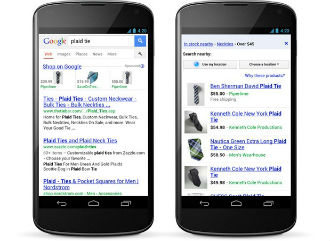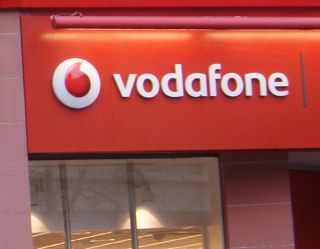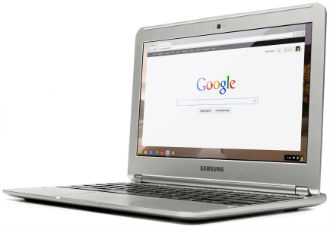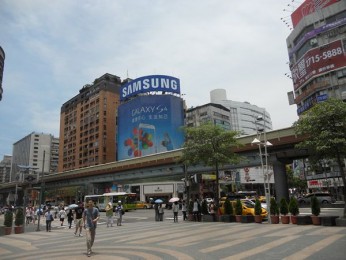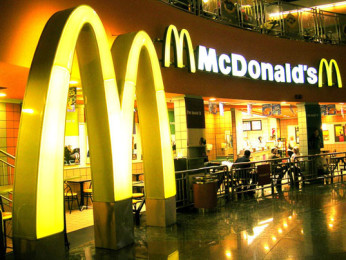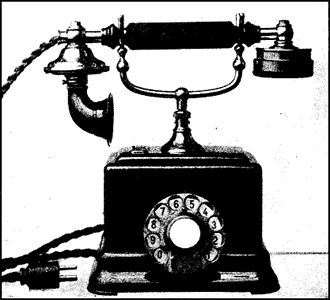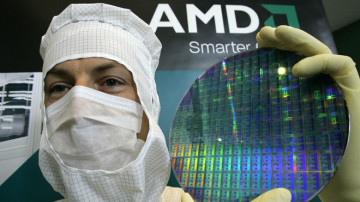 AMD has been talking up its upcoming Carrizo chip for notebooks and low-power desktops claiming that it will cut power significantly over Kaveri.
AMD has been talking up its upcoming Carrizo chip for notebooks and low-power desktops claiming that it will cut power significantly over Kaveri.
Although AMD still is not saying what the actual power consumption or the performance of the Carrizo chip will be it hinted that will offer double-digit improvements in performance and battery life compared to Kaveri.
Since AMD positioned it as competitive to Intel’s midrange Core i5 chips in January 2014 it is likely that Carrizo will be heading towards the same place.
This has led some people to suggest that AMD is skipping on performance improvements to improve battery life – which is a good way to reduce battery consumption without having to make many changes.
Sam Naffziger, an AMD fellow claimed AMD was just as concerned with performance, it was just that it was more interested in performance per watt. “But most of the form factors that are in the market today are power constrained.”
AMD is expected to release a Carrizo paper to International Solid-State Circuits Conference in San Francisco this week.
AMD’s Carrizo APU is made up of an undisclosed number of “Excavator” CPU cores and eight AMD Radeon cores that serve as an integrated graphics chip.
It measures 250.04 square mm. AMD said and the Excavator cores execute five percent more instructions per clock than Kaveri, consuming 40 percent less power across 23 percent less die area—3.1 billion transistors in all.
Most of Carrizo’s power savings are due to optimising the chip’s voltage, using adaptive voltage and tuning the GPU portion for low power.
The voltage optimisations eliminated the need to overcompensate for unexpected voltage drops in the chip. Adaptive voltage and frequency scaling (AVFS), also includes proprietary speed sensors, that allows each APU to “adapt” to its own environment, and scale power accordingly.
Carrizo will be fully HSA 1.0 compliant, meaning that it will deliver on the Heterogenous Systems Architecture that AMD has talked about for some time.
Using HSA, the GPU can also be used to perform compute functions, which the company claims will deliver far more performance than the speed increases from moving to finer CPU manufacturing technologies alone.
HSA integration will help the chip reach 3.5 times the transcode performance of Kaveri, AMD said. It will support H.265 video encoding.
 Mobile business is heading for another revolution, according to TSG lead applications writer Natasha Bougourd.
Mobile business is heading for another revolution, according to TSG lead applications writer Natasha Bougourd.